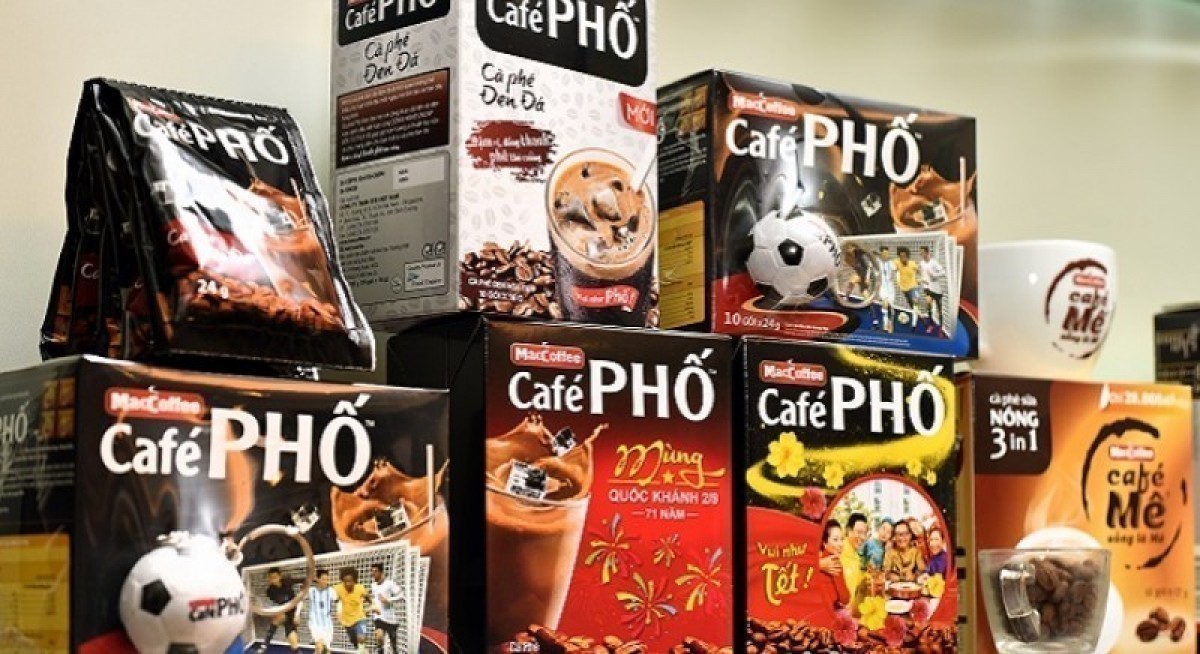He notes that the company plans to further enhance operating efficiency by 30% over the next 12 months through more automation. Citing market share gains and revenue growth generated from MacCoffee, the flagship brand, Cheong is confident about Food Empire’s strong execution. He further expects Food Empire in Vietnam to achieve above-industry growth rates via regular new product launches and marketing.
The ready-to-drink beverage market in Vietnam is worth around US$5 billion ($6.38 billion), with the instant beverage segment a-tenth of that. “Food Empire has significant headroom to sustain above-industry growth,” says Cheong. To indicate his growing optimism, Cheong has applied a higher valuation multiple of 18.7 times FY2026 P/E, from 17 times, thereby deriving a higher target price of $3.
Even at current levels of 16.4 times FY2026 earnings, Cheong says that Food Empire is still trading at a deep 34% discount to the average of 24.8 times its regional peers are fetching.
Jarick Seet of Maybank Securities shares the same opinion. “We re-visited Food Empire’s Vietnam operation and facilities and came away more positive,” writes Seet in his Sept 16 note, as he kept his “buy” call along with a higher target price of $2.92 from $2.62.
He believes that with the expected growth from Vietnam, India, Kazakhstan, and other Asean markets, Food Empire’s Russia business, which generates 30% of the revenue, will see its share of revenue decline in the coming years.“We believe that Food Empire Vietnam is on track to deliver an estimated US$100 million of revenue in the current FY2025 and also become the third-largest instant coffee player in Vietnam,” says Seet.
In 1HFY2025, the company grew its revenue from Southeast Asia by 25% y-o-y to US$77.5 million. Vietnam, specifically, led the charge with growth of 37% y-o-y, capturing market share from competitors.
The company is now producing around two million sachets a day. To support the growth, Food Empire is in the midst of expanding its production capacity in Vietnam by 15% next year and another 30% in 2027.
See also: Making an informed investment decision about Morningstar
Seet expects both revenue and margin to remain strong in the current 2HFY2025 due to lower raw material costs, and that Vietnam should continue to be the company’s main growth driver.
“With its strong pipeline of projects ahead, we believe Food Empire will continue to grow steadily in the coming years. A bonus share issue may also be a possibility to improve liquidity and reward shareholders,” says Seet, whose revised target price is based on a valuation multiple of 19 times FY2025 earnings, up from 17 times.
William Tng of CGS International, meanwhile, has reiterated both his “add” call and target price. However, Tng already has a bullish target price of $2.94.
Besides feeling upbeat over the prospects in Vietnam, Tng believes that continued business development and demand liquidity from the Monetary Authority of Singapore’s $5 billion Equity Market Development Programme in 2HFY2025 will support his unchanged valuation basis of three standard deviations above the average P/E of 17 times for FY2017 and FY2025.
Food Empire’s 3 cents per share interim dividend, the first time it has paid out dividends at the half-year mark, is a sign of the company’s confidence as well, according to Tng.
Possible re-rating catalysts include improving operating margins by stabilising market demand, sustaining market share in its key market of Russia, and a resolution to the Russia-Ukraine conflict.
Key downside risks, meanwhile, include an escalation in the Russia-Ukraine conflict, which could impact its Russian operations, and the depreciation of the ruble against the US dollar, resulting in lower revenue in US dollar terms.
DBS Group Research’s Chee Zheng Feng and Andy Sim have identified several drivers for what Food Empire was able to do in Vietnam. The company has fostered a culture that has led to tangible efficiency gains at the factory level; its direct sales force has established strong ties with traditional trade channels.
Last but not least, Food Empire has developed a strong brand equity built on taste and brand awareness, thereby resulting in a 41% premium in selling prices over the competition. “The company is well positioned to outperform the market by gaining share from the top three incumbents,” write Chee and Sim, who, in their unrated report of Sept 17, figured that Food Empire has a potential 12-month target price of $2.68.




